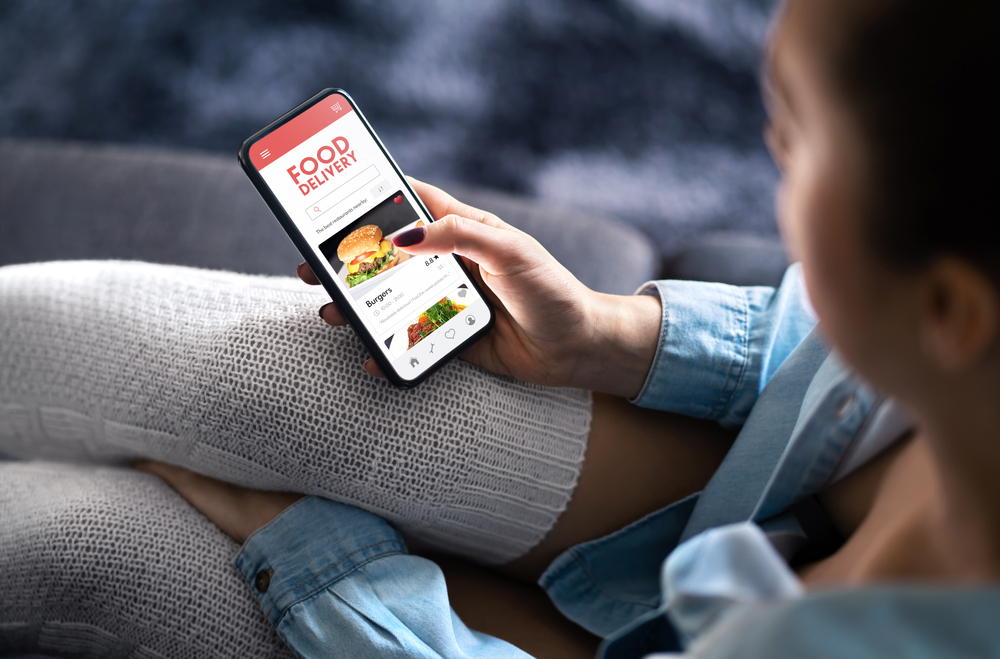Or Use a Third-Party Restaurant Delivery App: The Pros and Cons
Recent years have seen dramatic changes in the restaurant business and the technology it uses.
Some of these innovations will be permanent; others may prove to be “here today, gone tomorrow” fads.
But if there’s one thing that can be predicted with certainty it’s that customers will continue to demand more and more choices in their dining options.
The Trend Towards Delivery and Eat at Home
One such trend is home delivery, the demand for which has been increasing rapidly in recent years.
For obvious reasons, the COVID-19 pandemic has significantly accelerated this trend, to the point where it is a service that very few restaurants – except perhaps high-end fine dining “destinations” – can afford not to offer.
And industry studies suggest that this change in customer habits is likely to be permanent.
Your Own Restaurant Delivery App or a Third-Party Service
So the question for the vast majority of outlets is not “if” but “how” they are to provide an efficient and user-friendly delivery service.
And almost the first issue you need to address is whether to use a third party-service or to create your own restaurant delivery app.
Third-Party Services
The increasing popularity of home delivery is clearly evidenced by the growing number of third-party services. Names such as DoorDash, GrubHub, Uber Eats, and Deliveroo have quickly become familiar to millions of customers. And this very familiarity brings with it a level of customer confidence that is in itself a significant benefit for the outlets that use them.
They also have the advantage of supplying tried and tested software and systems that require little or no time for new users to set up.
The major downside, of course, is cost.
These services may charge their customer restaurants fees as high as 30% of the customer’s check amount – a prohibitive figure for many businesses in what is already a highly competitive and low-margin industry.
It’s true that some city regulators across the country have sought to cap these fees at 15%, but even this may be too heavy a burden for many outlets.
The Advantages of In-House Apps
And there are some advantages of in-house apps that may be even more important in the long-run than the elimination of third-party fees.
Building customer relationships
Perhaps most important is the ability to build and maintain relationships with your customers. Third-party restaurant delivery apps typically retain the rights to customer data such as demographics, location, and order patterns – all of which are crucial to providing the kind of tailored service that builds loyalty and wins repeat business.
Secondly, third-party apps tend to favor their premium clients in their listings, so that your business may feature low down or not at all in the listings that customers will see when they search for dining options.
A valuable marketing tool
Your own app, by contrast, can be a valuable marketing tool in its own right – a useful way of notifying special offers, discounts, and promoting loyalty programs.
Finally, a related point is that having your own app allows you to manage and control communications with your customers in a way that third-party providers will not be motivated to do.
Why customers prefer in-house restaurant delivery apps
This is particularly important when it comes to anticipating and resolving complaints, which usually relate to common issues such as late deliveries and incorrect orders etc.
It is perhaps mostly for this reason that customers overwhelmingly prefer to make use of in-house branded restaurant delivery apps rather than third-party services.
In fact, research suggests that the split may be as high as 78%/22% in favor of restaurant-owned apps – a dominance that is if anything likely to increase as customer habits resolve themselves after COVID.

